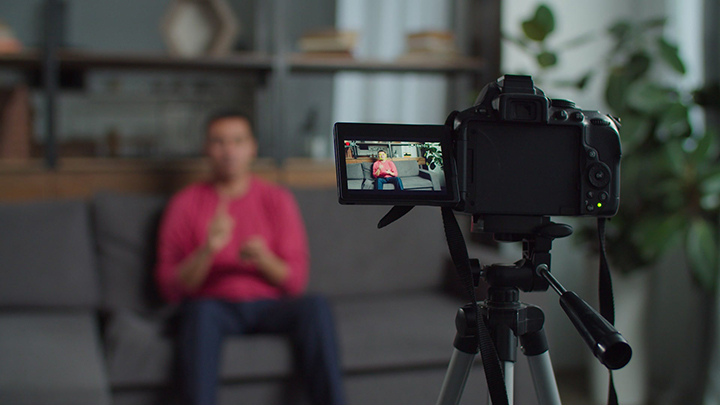
by Vincent Van Cooten | Apr 1, 2020 | Uncategorized
BY JACLYN LEDUC, 3Play Media When it comes to breaking down barriers for people with disabilities, there’s no such thing as “too accessible.” Just ask Canada. Canada recently passed the Accessible Canada Act (ACA), a new accessibility law that aims to make the country...

by Vincent Van Cooten | Apr 1, 2020 | Uncategorized
Come on and Zoom, Zoom, Zoom-a-Zoom. By ROBERT AMBROGI It was a noise that could not be unheard. As the Zoom meeting moderator continued on gamely and politely last week, one attendee repeatedly issued a hog-like nasal snort, so loud and frequent that it...




